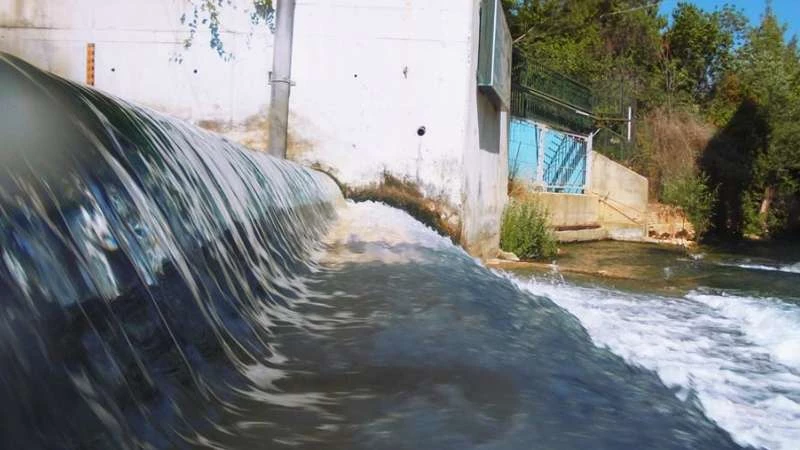This is just another "normal" day in besieged Wadi Barada, northwest of Damascus.
Just after recapturing Aleppo, the Assad regime’s “army” and Hezbollah, and with no advance warning, launched an assault on 23 December to recapture the strategic valley. The regime initially targeted the media, telecommunications and health centres.
Today, the valley, which has been partially besieged since 2011, has neither electricity nor telecommunications. Around 100,000 civilians in the area – including tens of thousands who have arrived from other besieged communities - are suffering from food, water and heating gas shortages.
“Civilians are trapped in their homes waiting for the world to save them,” local citizen-journalist Abu Mohammad said on a WhatsApp voice message from Ain al-Fijah village.
“We are not only unable to transmit our voice to the world, we cannot even reach other villages just to count the victims and casualties. We cannot give numbers of how many are dead so far. Many families were dead under the rubble.”
Expect more killing in the coming days. Like so many communities before it – Deraa, Homs, Aleppo – Wadi Barada has now become a pressure point as Assad edges closer to negotiations scheduled for the end of this month and ahead of Donald Trump arriving in the White House.
But this is a two-pronged water war: along with bombarding and depriving those in Wadi Barada, Assad is using the offensive to deprive his supporters in Damascus and hoping their anger – and dehydration – will turn into even more support as he heads to Astana.
Despite the Turkey-Russia-brokered ceasefire that came into effect across Syria on 30 December, the regime’s “army” and Hezbollah are targeting the area with barrels bombs loaded with chlorine and napalm, rockets, snipers and mortars from the tops of surrounding hills.
How many people have been killed or wounded is unknown as army snipers target civilians who even move out of their homes.
A few days after the assault began, the regime accused “terrorists” of polluting with diesel the Fijah Spring that, along with the Barada Spring, supplies at least four million people in Damascus with 80 percent of their drinking water.
Then the regime said the valley was a haven for terrorists. Finally, the story changed once again, saying the terrorists had blown Fijah Spring up.
None of these allegations was backed up with evidence even though on the hills where the regime’s “army” is currently positioned, it can look down into the Fijah Spring and could film it around the clock.
And after all that, several videos and pictures from rebels published in recent days appear to show that regime jets bombed the spring.
On 7 January, a Russian military committee threatened the valley’s local negotiation committee with “flattening the valley with Russian aircraft” if the rebels do not hand the spring over.
The same day, representatives of the valley called on the United Nations and the international community to intervene and force the regime and Hezbollah to abide by the ceasefire. They also called for an international committee to investigate the bombing of Fijah Spring and let technicians access it under UN supervision.



التعليقات (0)